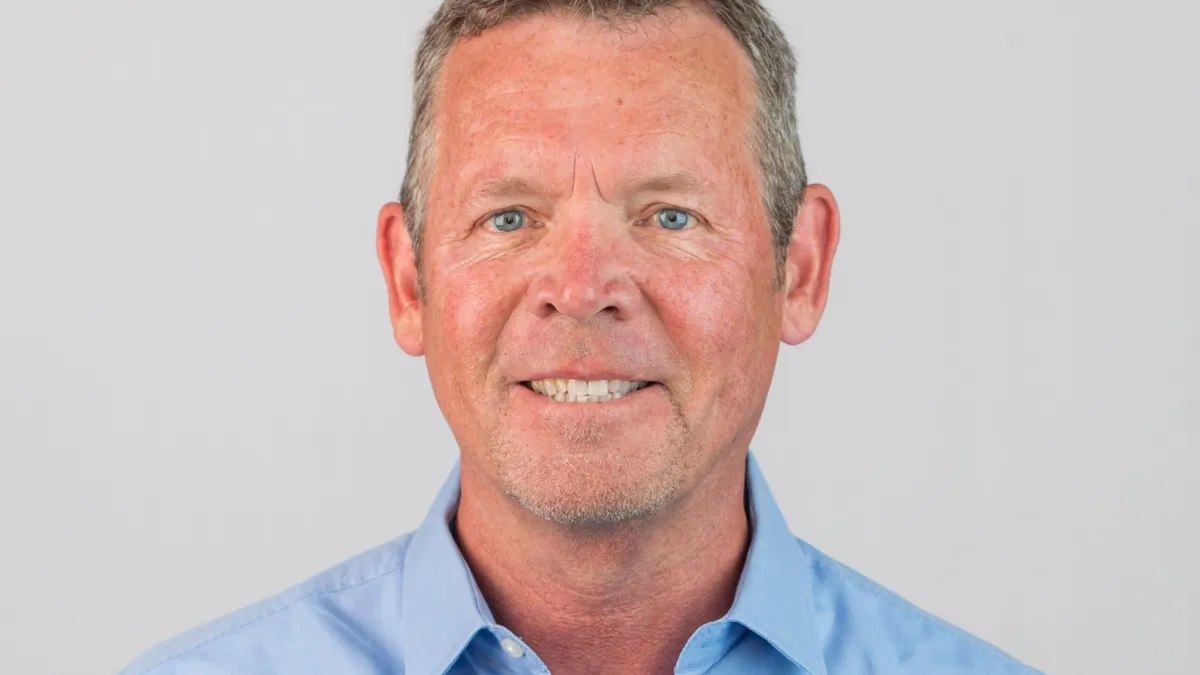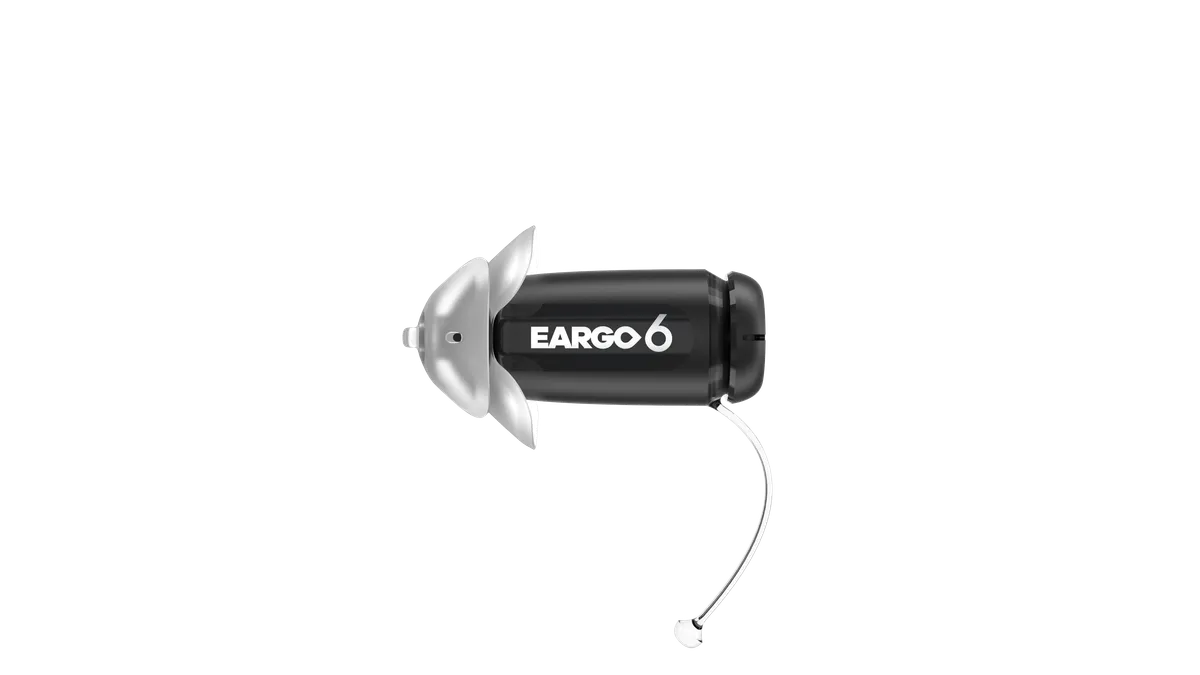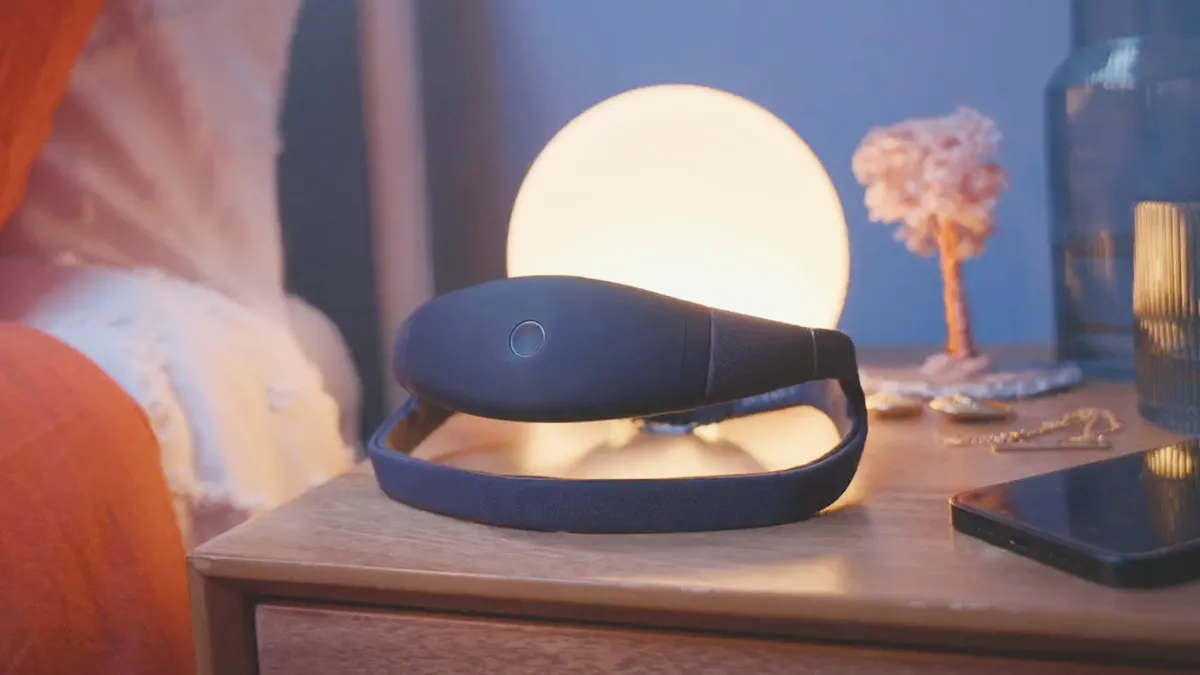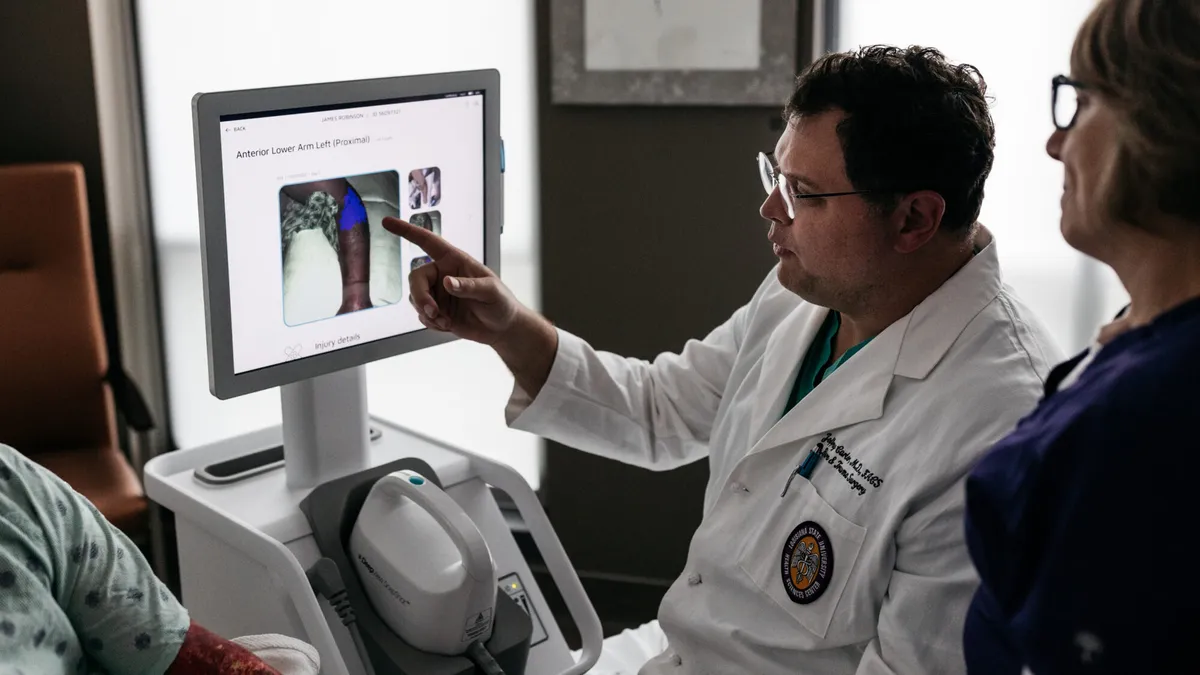In December, Tandem Diabetes Care outlined a plan to grow to 1 million users by 2027. The increase will be fueled by further adoption of insulin pumps as well as a series of products the company plans to launch over the next five years.
The plan comes as competition in the insulin pump space heats up, with diabetes technology use growing overall and companies looking to gain share and remain at the top of the market.
Tandem will face increased competition with Insulet's launch of the much-anticipated Omnipod 5 pump. Although, Insulet's pump was delayed throughout all of 2021 and is now expected to be launched in the first quarter of this year.
John Sheridan, Tandem's CEO, told MedTech Dive that while new products are expected from Insulet and Medtronic, overall market growth leaves plenty of room for Tandem and its rivals to compete.
"It's not a zero-sum game," Sheridan said. "It's not like we have to take share from Insulet or Medtronic to be successful. We can be successful because the market's growing at the rate it is."
Sheridan also spoke to MedTech Dive about the company's strategy to expand internationally, using the pharmacy distribution channel more in the coming years, targeting the Type 2 population, and what Insulet's Omnipod 5 launch and Medtronic's recent FDA warning letter mean for Tandem.
This interview has been edited for clarity and brevity.
MEDTECH DIVE: Something that comes up a lot in diabetes tech, especially recently, is the expansion into international markets. What is your strategic approach to international markets and growing your presence there?
JOHN SHERIDAN: We're in about 20 different markets today. When you look at the international opportunity, it's much less penetrated. It's more than twice the size of the U.S. opportunity. In the U.S., there are about 1.6 million people living with Type 1 diabetes, and in the outside-of-the-U.S. markets that we currently serve, there are about 4 million people.
When you compare the penetration rate, the current penetration rate for people using pump therapy today in the U.S. is about 35%, and it's 5% or 10% outside of the U.S. So, it's a larger market, it's less penetrated, and they're starved for technology. We have seen significant interest in uptake in the markets that we're in now. Control-IQ, which is our current product offering, is doing extremely well there.
So, we're just scratching the surface internationally, and we believe it's going to have a significant positive growth trajectory for us in the next couple of years.
Are there any key markets or countries that you're planning to move into next?
SHERIDAN: We just entered France and Germany. In the third quarter of last year, we just got approval, and then in the fourth quarter, we started doing training and getting the physicians aware of the product and the capabilities of the company and began working with our distributors there to get things set up. So, this year and next we expect to see significant growth in France and Germany, which are really two of the three largest markets that we serve outside of the U.S.
Another trend in diabetes tech is the shift to the pharmacy distribution channel, as opposed to the durable medical equipment (DME) channel. Does Tandem plan to offer more pumps through the pharmacy in the future?
SHERIDAN: Diabetes is not a one-size-fits-all market. There are a lot of segments, and we think it's important to have a portfolio of products. By the end of the next five years, we'll have four unique products on the market that represent a portfolio to support the various segments.
When you look currently at the t:slim product — it's a larger product — it goes through the DME channel, and we think it makes sense for it to continue through that channel. Our approach is to optimize that process and make it simpler to use and make it easier for the people to purchase the product.
The pharmacy channel is something that we've been looking at very carefully for the last couple of years. When you look at smaller devices, like a patch or tubeless devices, there's definitely an opportunity for us to exploit that. The real opportunity with the pharmacy channel is that it helps with access to the devices. We think that can help drive interest from the Type 2 community, which is an initiative that we're undertaking right now with our whole product portfolio.
Can you talk about how Tandem is approaching the Type 2 market and how this population fits into long-term growth plans?
SHERIDAN: We're planning to get to 1 million patients using our technology by 2027. When you look at that number, there is some Type 2 growth built into it. But it's really an opportunity for us to do better than that. We have about 20,000 people who have Type 2 diabetes using our Control-IQ product right now, and they're seeing great results, not unlike what people with Type 1 see.
But, right now, Control-IQ is not approved for use in Type 2 diabetes. So, those 20,000 people are using it off-label. Our focus going forward is to get Control-IQ, which is the algorithm that controls insulin dosing, approved, and then we have another product coming to market in the next year or so, called Mobi. Mobi is about half the size of the t:slim pump and is controlled entirely by a mobile app.
For people with Type 2 diabetes, discretion is hugely important. So, by having a mobile app and having a very small, discreet system, you really can live your life outside of the home, managing your diabetes without anyone knowing about it. The combination of the Control-IQ technology on the Mobi pump will really be our first foray into the Type 2 market.
It's a meaningful market. There are about 2 million people with insulin intensive Type 2 diabetes, meaning that insulin pump therapy is a viable option for them. But only 5% of that population in the United States use pump therapy. There is an opportunity to increase penetration by providing products that are simple, intuitive and easy to use and that really do reduce the burden — and the cognitive burden — of managing diabetes.
It's likely that they may have to have some differences in the product features. But initially, we believe that Control-IQ plus the Mobi pump is going to be very appealing to that group.
While Insulet's Omnipod 5 product was delayed throughout last year, it's still a very anticipated product for the space. How are you planning to compete in the space with this new product on the horizon?
SHERIDAN: When you go into a physician's office and decide that you're going to start pump therapy, the next decision you make is whether it's a tubed or tubeless pump. And it turns out that the majority of people today select a tubed pump, which is primarily Tandem or Medtronic.
We don't see many people from Insulet coming over to Tandem, and vice versa. So, we think that even when Omnipod 5 comes to the market, the decision is still going to be tubed versus tubeless. However, when we bring Mobi to the market, we think that the fact it's very close to the same size as Omnipod will be appealing. We think that we'll see a change in the competitive dynamic and anticipate that more people will consider switching at a point like we haven't seen today.
The other thing that's important to note is that Omnipod 5 has been delayed by the FDA — everybody has been — but even when they get approval, Insulet has indicated that they plan to roll it out slowly. So, my sense is that it's going to take them six months, nine months, or even up to one year before they really begin a strong commercial push for it, which is roughly the same timing we expect for our Mobi product. And we believe that the Mobi device is a very strong competitive response to Omnipod 5.
That being said, the market itself is expanding, and as technology comes to the market from our partners and our competitors, we're seeing the penetration rate increase. As the market increases, there's an opportunity for all of us to be successful. It's not a zero-sum game.
Has there been a boost for Tandem since Medtronic announced that its diabetes group received an FDA warning letter for product safety concerns?
SHERIDAN: I think it's probably too early to say. We really haven't seen anything that's any different. I will say, though, that the 670G has been on the market for three or four years, and it's been very problematic. I think that the endocrinologist community has lost a great deal of confidence in Medtronic and that product, in particular. As a result, we have seen substantial uptake.
If you look at our revenue growth over the last couple of years, half of our revenue growth is competitive conversions and half are multiple daily insulin injection conversions. And all of the competitive conversions are coming from Medtronic. We're continuing to take more and more shares from Medtronic. It's really because the endocrinologist community has lost a lot of confidence in the company and that product.
I don't think when the 780G pump comes to market it's going to be any different. That product is not substantially different than the 670G. It's an incremental improvement to an algorithm. So, we feel pretty confident that we're going to compete effectively against it.
During Tandem's R&D day in December, you outlined the next five years of products. Is there any concern that FDA's longer review times or backlogs building up due to COVID-19 might impact your plan going forward?
SHERIDAN: If you would have asked me that question two months ago, right before omicron hit, I would have anticipated that we would see more of the resources that are currently supporting the vaccine and the testing approvals move back into diabetes and we would see this transition to normality through 2022. But with omicron, it's hard to say.
I think we're just going to have to wait and see.



















